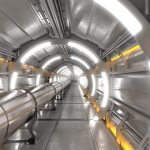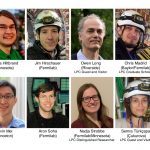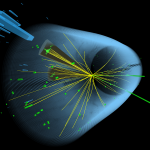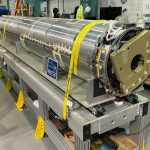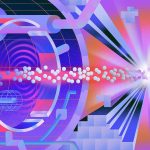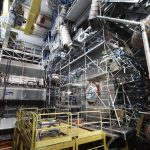CERN
U.S. CMS physicists from Fermilab and associated universities collaborating under the umbrella of the LPC make up a team that is the first to perform a new kind of search for “stealthy” supersymmetry that does not result in an obvious signature of large energy imbalance. Instead, the LPC team is looking for collisions that result in an unusually large number of particles in the detector. CMS recently published a briefing explaining their analysis.
From the CERN Courier, March 9, 2021: The discovery of an odderon, predicted to exist almost 50 years ago, was the result of a collaboration between CERN and Fermilab using data from the Large Hadron Collider as well as Fermilab’s DZero experiment. The results were presented at a CERN physics talk and are reported in a joint publication on the observations that were made in December 2020.
The U.S. Department of Energy has given the U.S. High-Luminosity Large Hadron Collider Accelerator Upgrade Project approval to move full-speed-ahead in building and delivering components for the HL-LHC, specifically, cutting-edge magnets and accelerator cavities that will enable more rapid-fire collisions at the collider. The collider upgrades will allow physicists to study particles such as the Higgs boson in greater detail and reveal rare new physics phenomena. The U.S. collaborators on the project may now move into production mode.
From CERN, Jan. 26, 2021: This week marks the 50th anniversary of the first proton collisions in CERN’s Intersecting Storage Rings, the first hadron collider ever built. To celebrate, see hadron colliders of the last half-century — including the Tevatron and the Large Hadron Collider — through a historical lens, with an eye toward the quest for high luminosity and new energy frontiers.

